St Leonard, Balderstone: Grave Wisdom
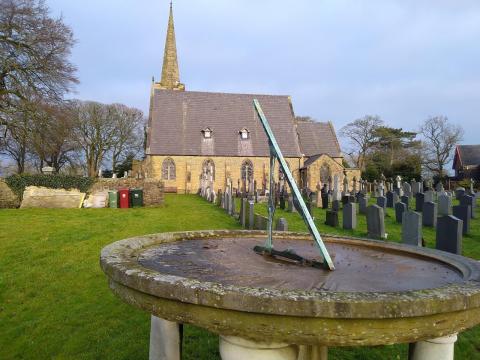
I spent an enjoyable 30 minutes moseying around the churchyard of St Leonard’s, Balderstone. It had a range of tomb styles, from the art deco to the balefully heavy table tomb, to the rather unusual tree stump and the standard Celtic crosses (bottom).
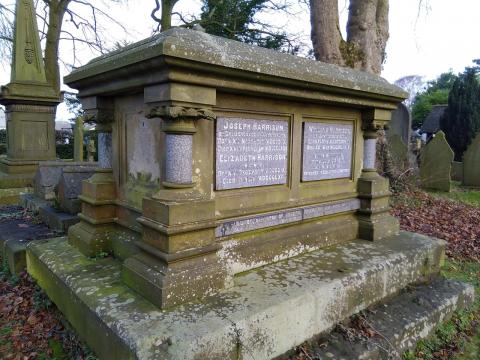
Some persons of note are buried there, including the master of the Blackburn workhouse. His epitaph reads:
Life’s work well done
Life’s race well run
Life’s crown well won
Now comes rest.
Those of us who base our perception of workhouses on Charles Dickens’ books will regard these claims with caution, for it should have been a job in which humanity and kindness prevailed. We’ll know one day if Mr Sowerbutts’ claims rang true.
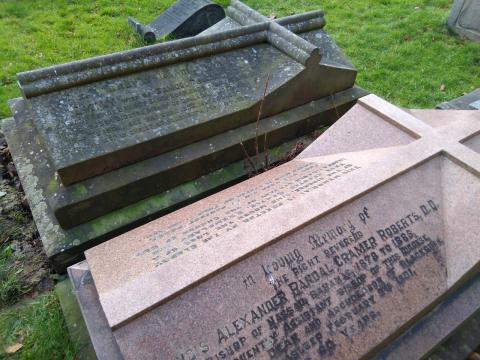
Close by are two bishops’ graves, Francis Cramer-Roberts, Anglican Bishop of Nassau in the Bahamas and just a foot away, Samuel Thornton, Anglican Bishop of Ballarat in Australia. Two exotic diocesans laid to rest in our damp Lancastrian ground. The Lord knows if they were career-clerics, later-day bishops of Bray, or whether they served Him with an evangelical fervour for the good of souls.
As well as admiring the mason’s skill, the punters’ taste and the names of notable personages, I also sought scriptures and inscribed messages from which to derive comfort or instruction. This graveyard has a great many, each one offering a tasteful text from which to preach at a Christian’s funeral:
A bruised reed he shall not break and smoking flax he shall not quench, assures one, who is with Christ which is far better.
Thy Will be Done, proclaimed one Peter Howarth’s stone.
Be ye also ready, warned another, for in such an hour as ye think not, the Son of Man cometh.
Blessed are the dead which die in the Lord, from henceforth, yea, saith the spirit that they may rest from their labours and their works do follow them, asserted another.
Precious in the sight of the Lord is the death of his saints.
I’ve said it before, I’ll say it again: you’re more likely to find wisdom in a British graveyard than a British church. Also within the grounds was an impressive sundial. Our county often seems bereft of sunshine, so its chronological usefulness is slight. I suspect it is rather there to remind us of our own lives’ brevity and need to prepare as well for our own deaths as did those good folks whose tombs I quote above.
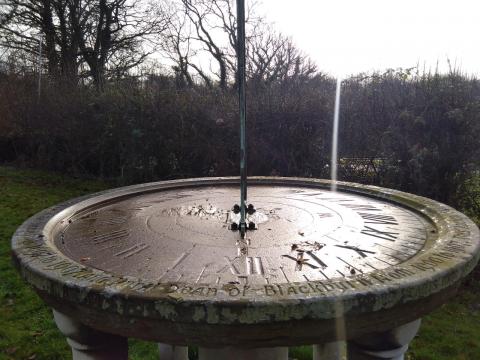
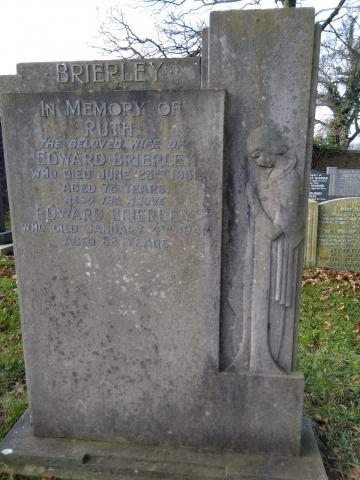
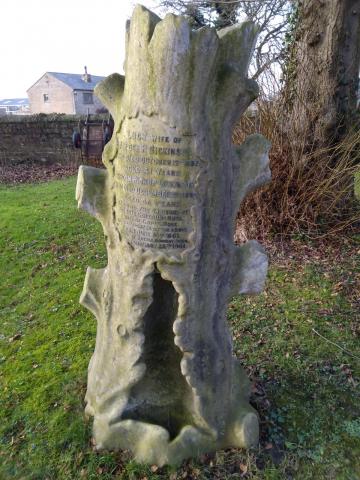
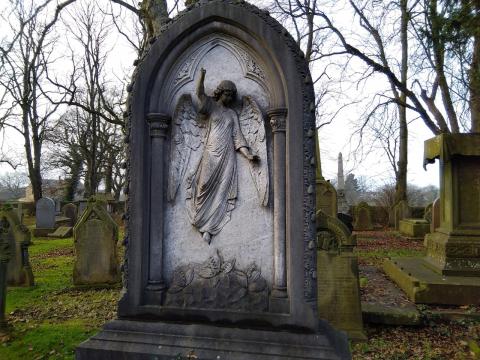
- Log in to post comments


 Sunday Worship 10.45am & 6.00pm
Sunday Worship 10.45am & 6.00pm